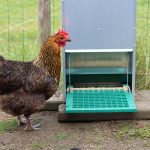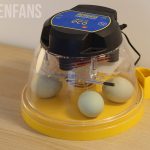What Is A Pullet? The Lifecycle Of a Chicken Explained
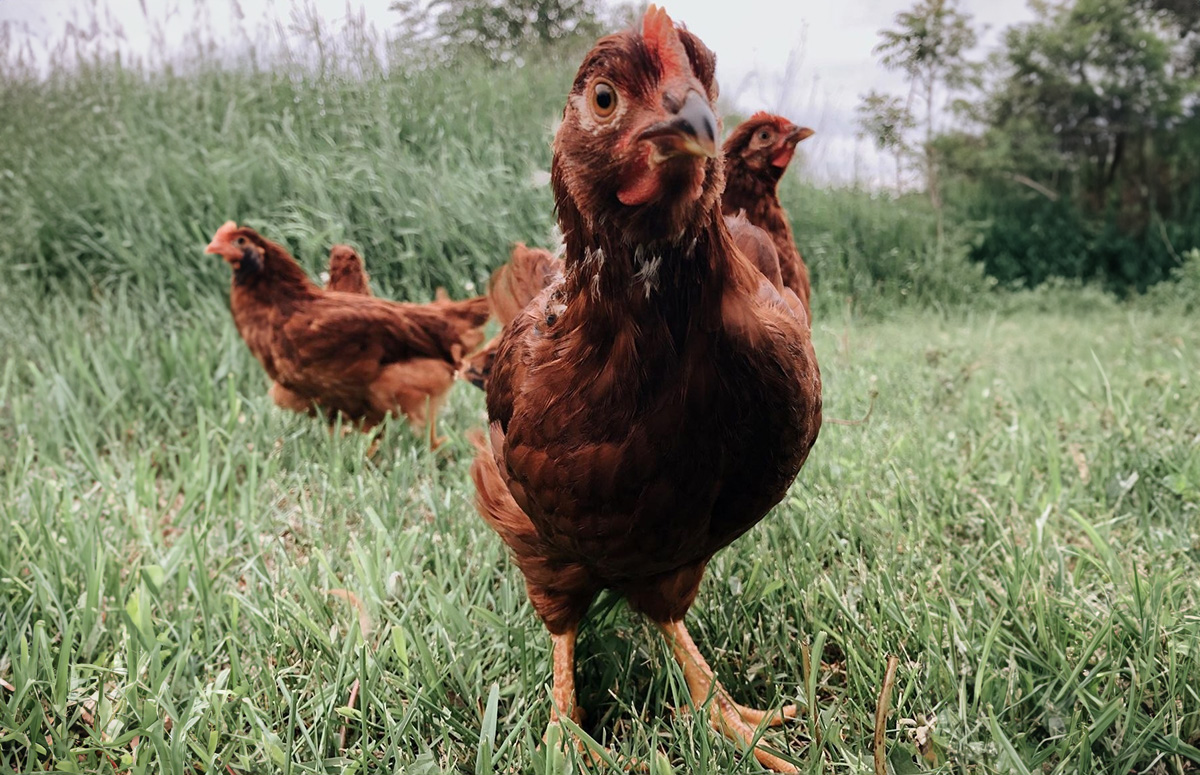
There are various stages in the lifecycle of a chicken, each with its own distinct characteristics. One stage that sparks curiosity is the pullet phase. We will explore what a pullet is, when chickens start laying eggs, and when they transition into different stages of life, including their retirement.
What is a Pullet?
A pullet is a young female chicken that’s less than one year old, in the phase between chick to adult hen. During this stage, she’ll undergo significant physical and behavioral changes as she reaches sexual maturity. Once she has started laying eggs, she is no longer a pullet but an adult hen.
Development of Pullets
Chicks experience a rapid growth rate during the first few months of life. They transform from fluffy, chirping chicks into sleek and feathered adult birds. At around 6 to 8 weeks of age, young chickens start developing primary feathers and gain the ability to perch.
Their combs and wattles also begin to grow and redden. When a pullet is crouching or squatting for you, she will lay her first egg soon.
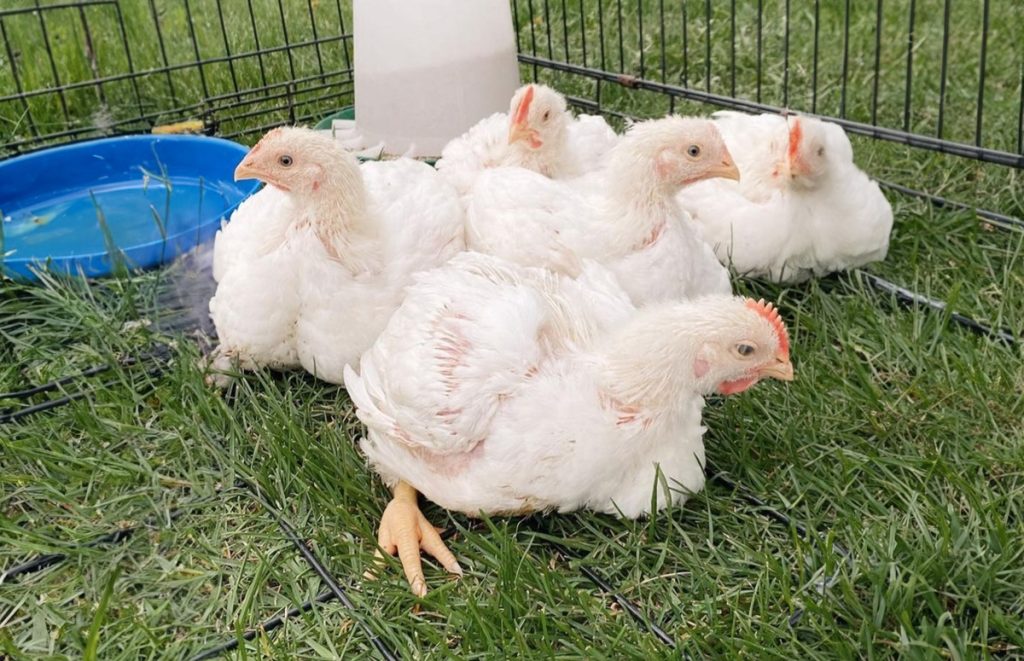
What to expect from the first egg is hard to predict. It’s not uncommon for young hens to lay weirdly shaped eggs as the reproductive system and egg-laying cycle are not entirely on point yet. They can lay soft-shelled eggs, fairy eggs, or slightly smaller eggs than expected. It won’t take long, however, until they lay normal-shaped eggs.
Maturing to Adult Hen
Most pullets reach sexual maturity around 5 and 6 months of age, depending on the breed and individual development. Some breeds, like Brahmas and Cochins, mature slower than others, while Leghorns, for example, mature faster.
The transition from pullet to hen is not defined by age but rather by when a chicken starts laying consistently. Typically, this occurs around 5 to 6 months of age. At this point, the pullet is considered a full-grown hen and will continue to lay throughout her productive life, which can last up to eight years and more, depending on the breed.
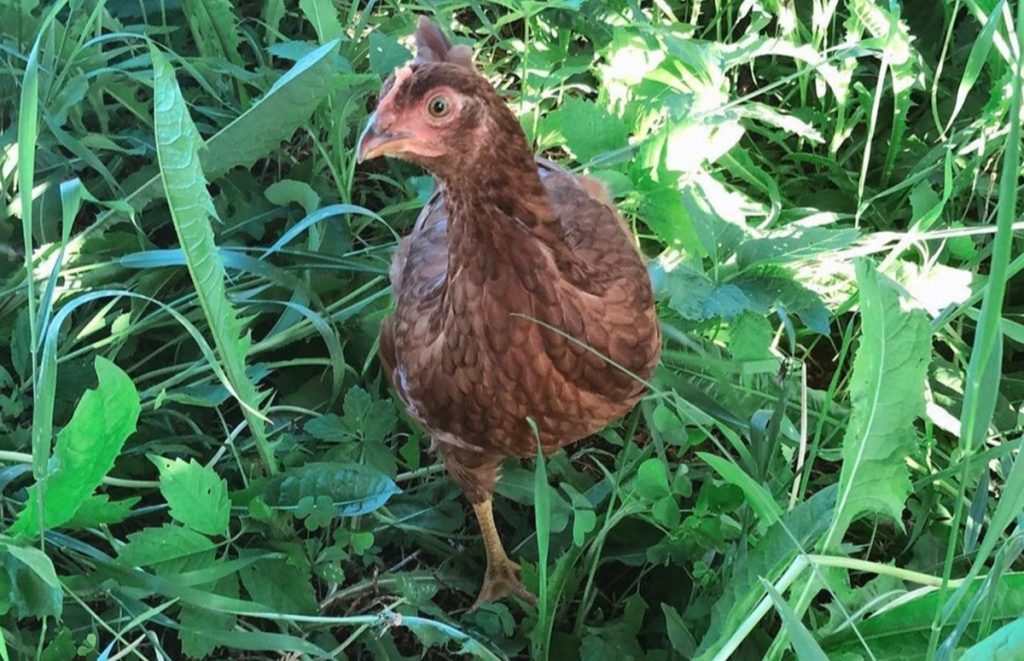
Chickens have been selectively bred over the years and exhibit different egg-laying patterns. Some chickens are bred for maximum egg production in a shorter time, while others prioritize long-term sustainability.
Overall, hybrid chickens will lay a large number of eggs for only a few years, and heritage chickens will lay fewer eggs, but keep on laying longer.
Henopause: A Chicken’s Retirement
Henopause is a catchy name used to refer to when hens stop laying eggs. Depending on the breed, this may occur after only a few years or up to eight years. At this point, you will no longer get any fresh eggs from this hen, but she still has value for the flock.
Henopause is a clever term describing the stage when hens cease laying eggs. The timing of henopause varies, with some breeds experiencing it after just a few years, while others may take up to eight years. Although hens no longer produce fresh eggs, they still contribute to the overall welfare of the flock.
They maintain their social hierarchy, provide companionship to younger chickens, and contribute to the general well-being of the flock through their experience.
What is a Young Rooster Called?
A young rooster is typically called a cockerel. These male chickens reach sexual maturity around one year old and by then will be called rooster or cock. Roosters begin exhibiting typical rooster behavior between 6 to 12 months, depending on the breed. They will start to crow and display dominant behavior.
Summary
A pullet is a young female chicken that’s under one year old that hasn’t started laying yet. She is transitioning from the chick stage to adulthood. It is the stage before becoming a mature laying hen.
Chickens typically start laying eggs around 5-6 months, although individual variations and breed differences exist. Genetics, nutrition, health, and daylight hours play a role in determining the onset of egg-laying.

